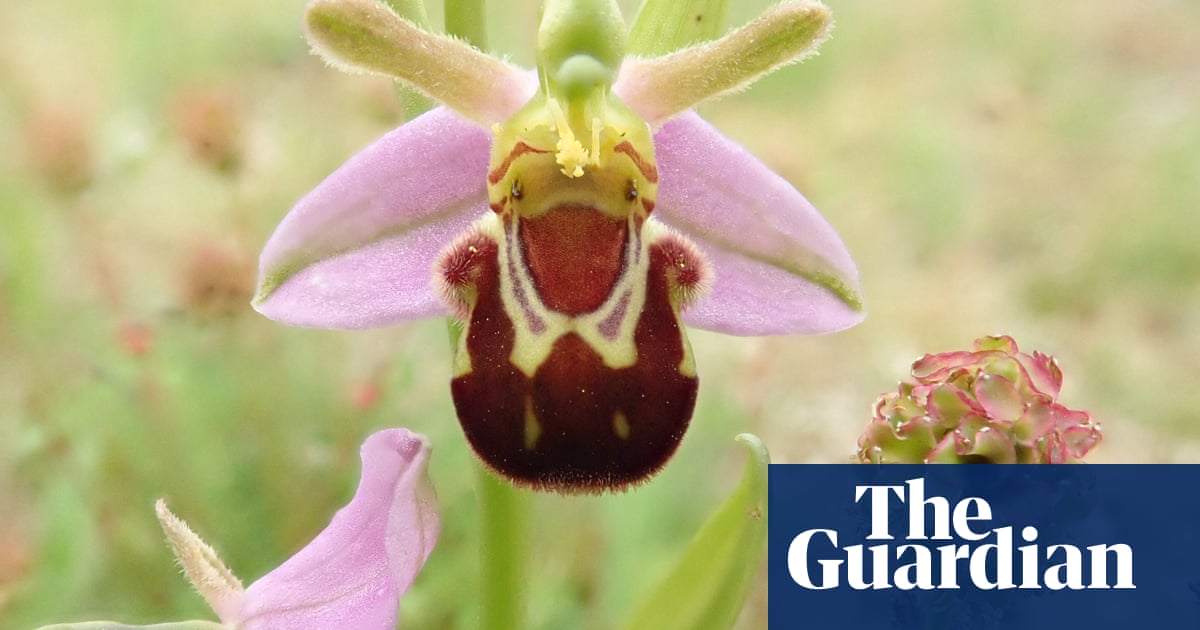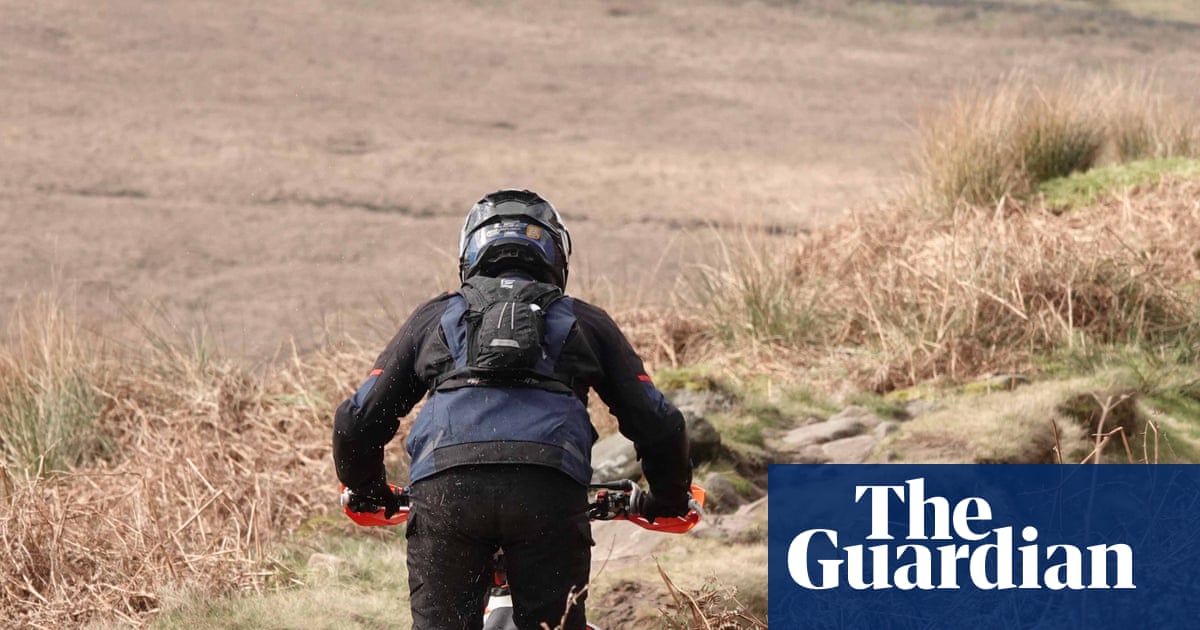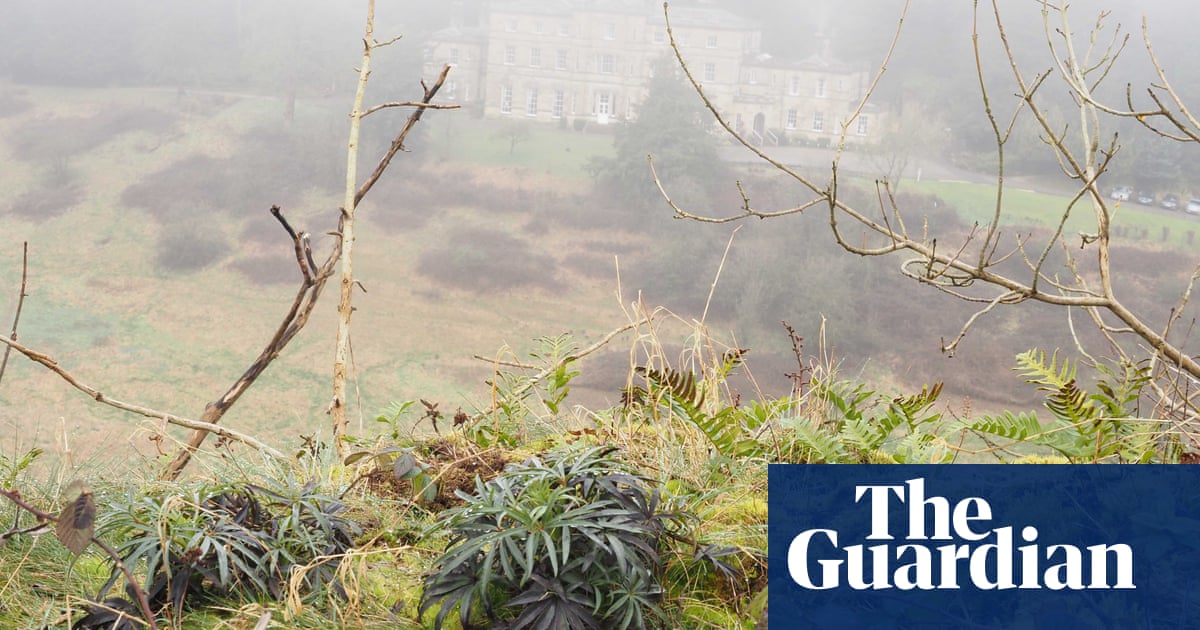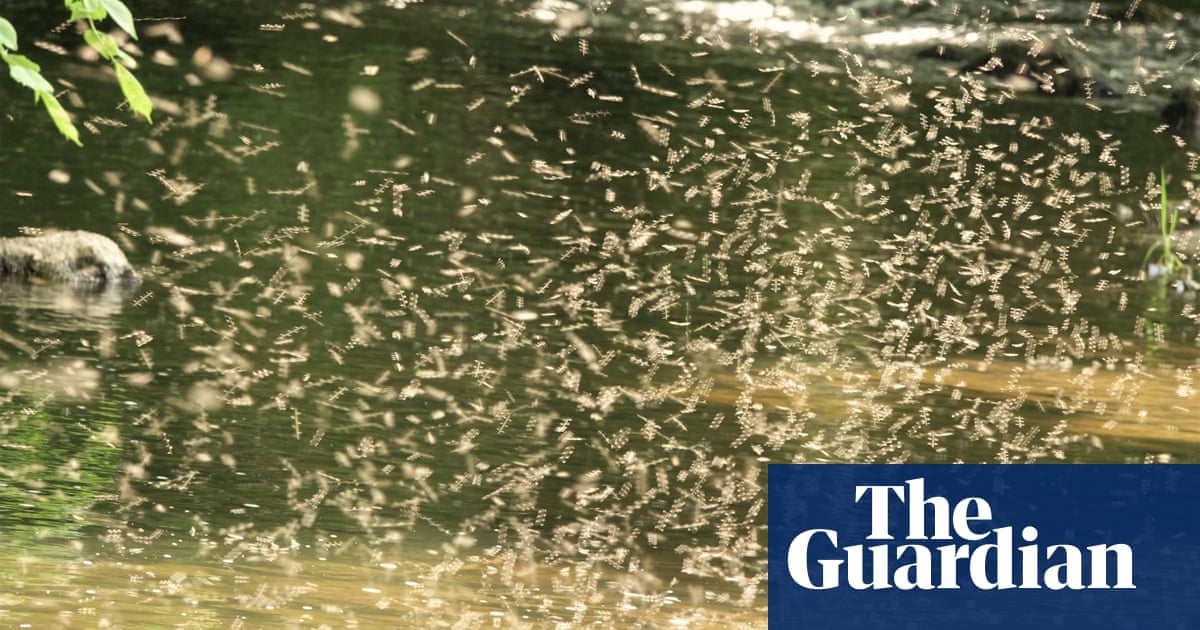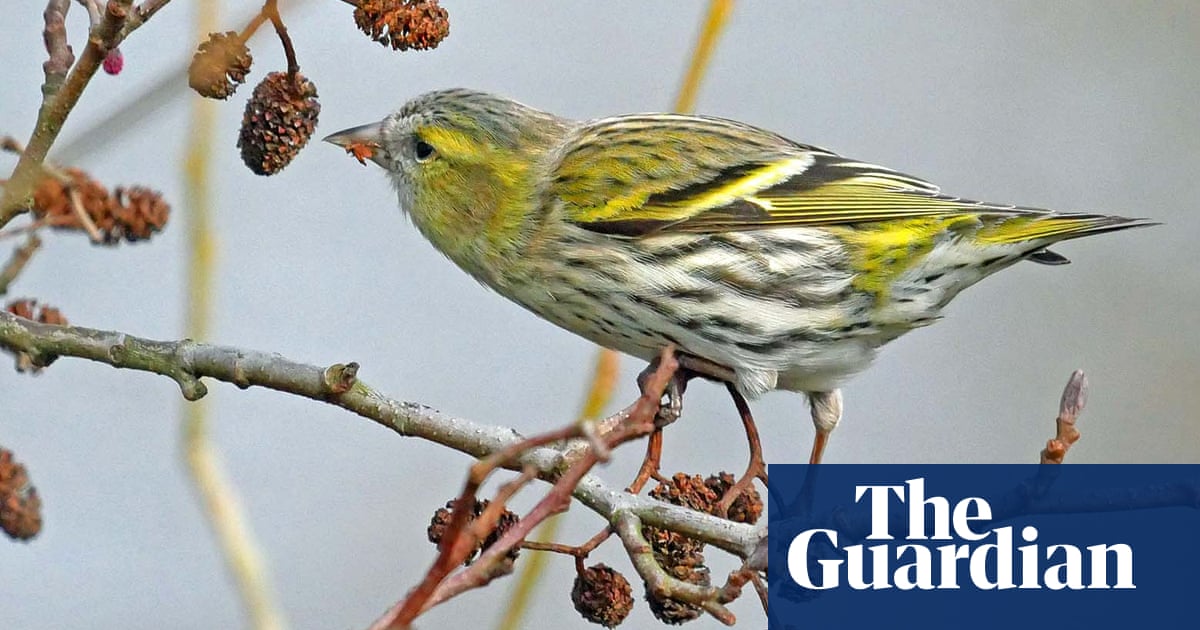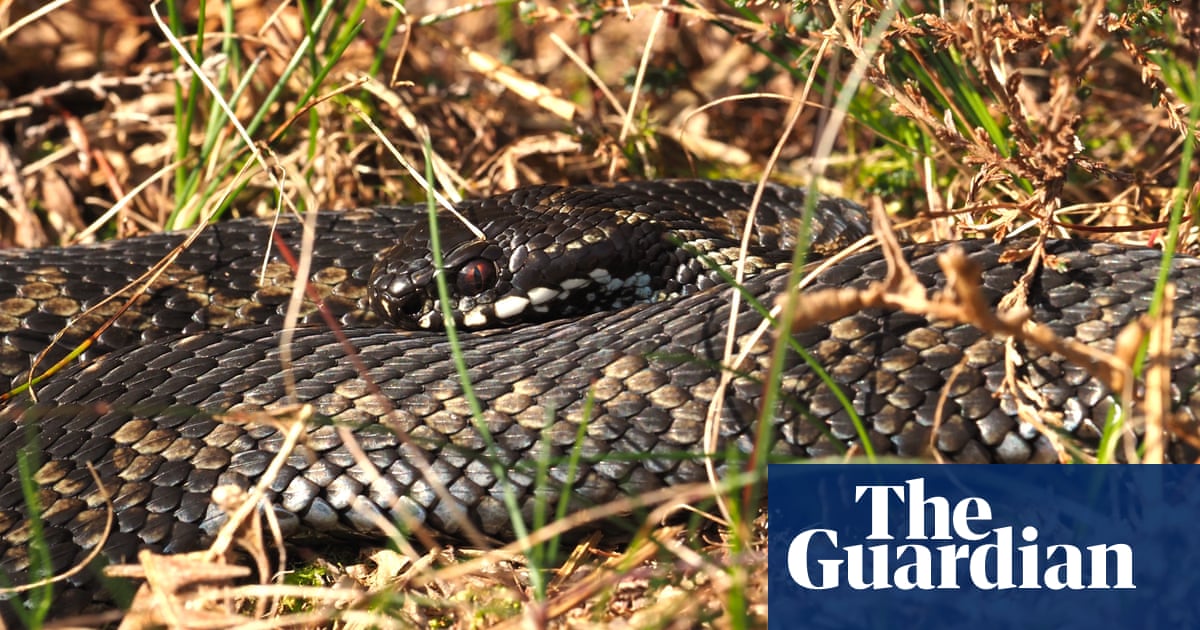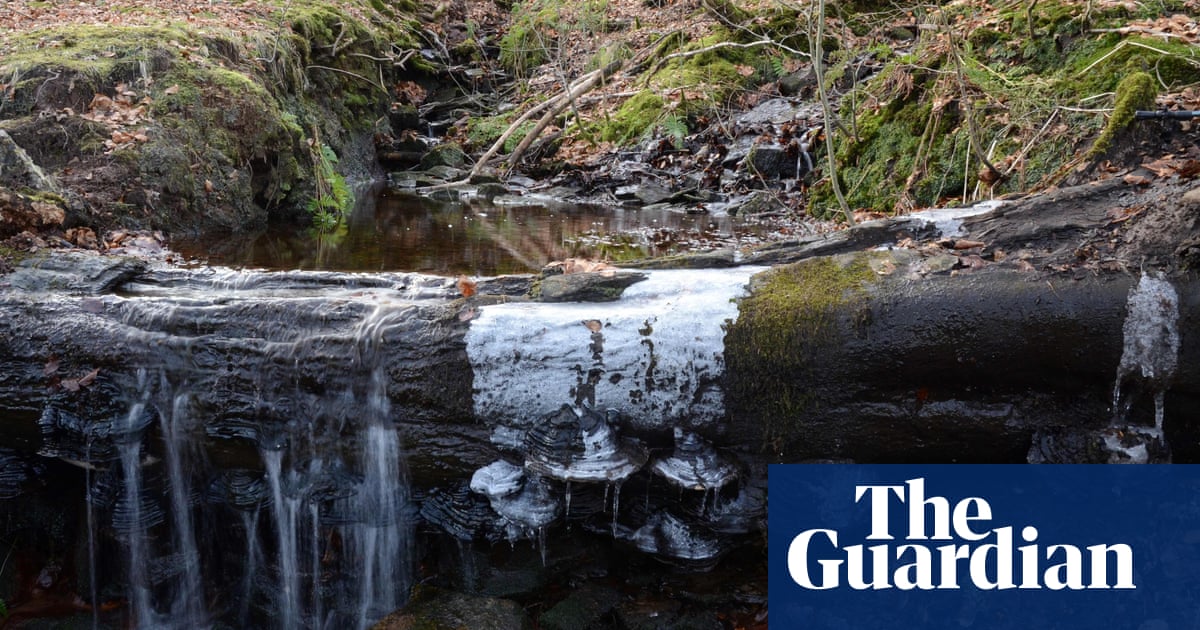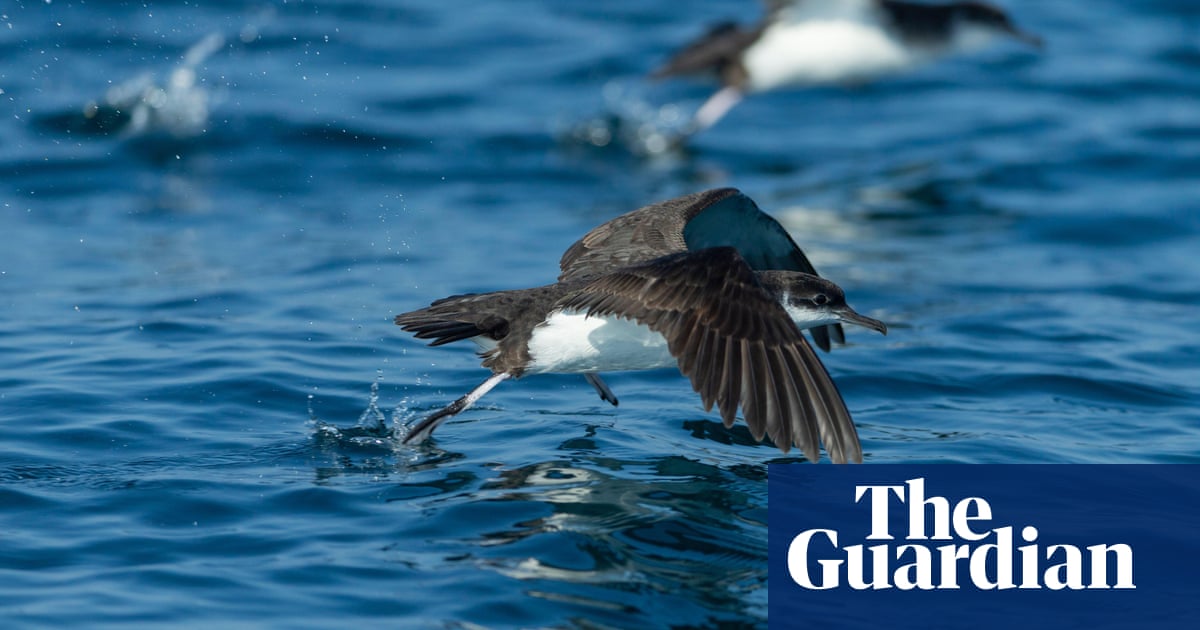
Wildlife fairs or festivals have become a standard fixture in the environmental calendar, yet at most of them I’m troubled by the same conundrum I find in wildlife television. You watch the screen, or walk through the aisles of products, or attend the lectures, and all seem a pale reflection of the experience they celebrate, which is being in nature itself.
I’ve finally found the event that solves the issue. Spurn Migration festival is a glorious weekend programme, staged in the key migratory period, at a place where this unfolding drama is more visible than anywhere in mainland Britain. On the Humber estuary, which bounds the peninsula on its south-eastern edge, there are thousands, probably tens of thousands, of birds omnipresent.
For the price of fish and chips for two at a pub, you get access to all the wildlife excursions, nature walks and demonstrations over the three days. Nor is it just about birds. Nor is it all about identification. There are art classes, photographic tuition, field sessions on moths or wider insects.
My second-favourite Spurn migrant was a convolvulus hawk moth, a monster the length of my pinky, with hoops of white, black and rose running along the abdomen. More impressive is the fact that this giant had probably flown 500km across the sea to join the festival.
First place, however, went to a great shearwater – one of the most impressive migrants among all planetary life forms. This individual many saw as the festival opened was born somewhere like Ascension or Tristan da Cunha, but definitely in the southern hemisphere. It then travelled in a vast clockwise arc around the Atlantic, possibly alone through unspeakably remote ocean stretches, until it detoured down the North Sea right to Spurn’s shoreline. In its hopefully long life it will cover millions of kilometres.
One notable detail: the second person to see it was William Lambourne (aged 14), who next day acquired a heap of prizes by coming first in the senior category of the Martin Garner Spurn young birder competition. In so doing, he both exemplified and completed a circular sense of community running between naturalists and nature at this festival.




